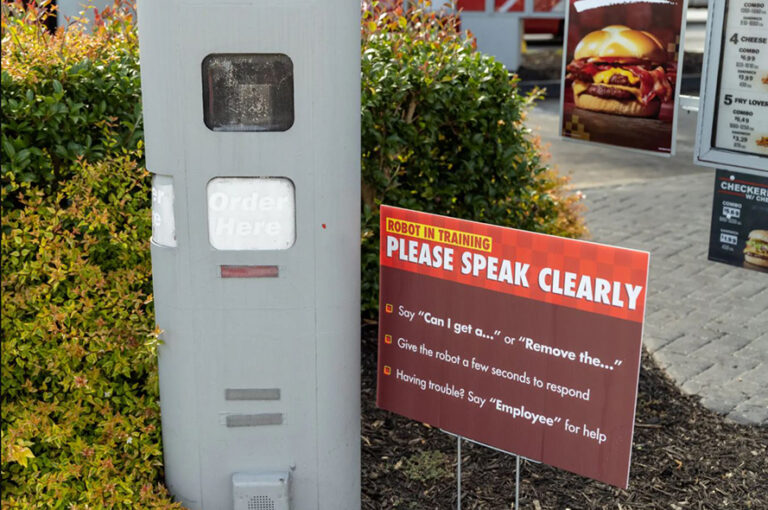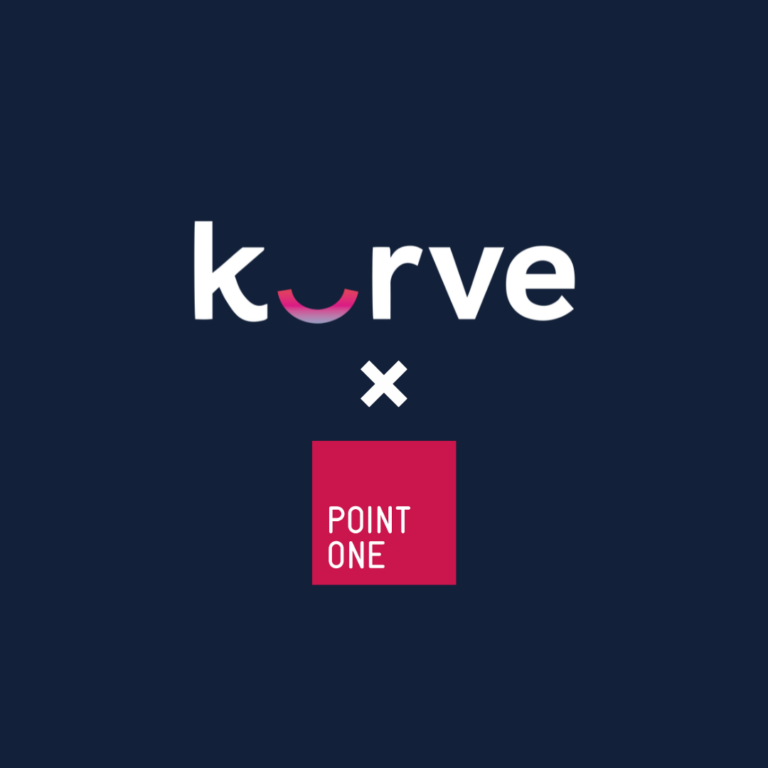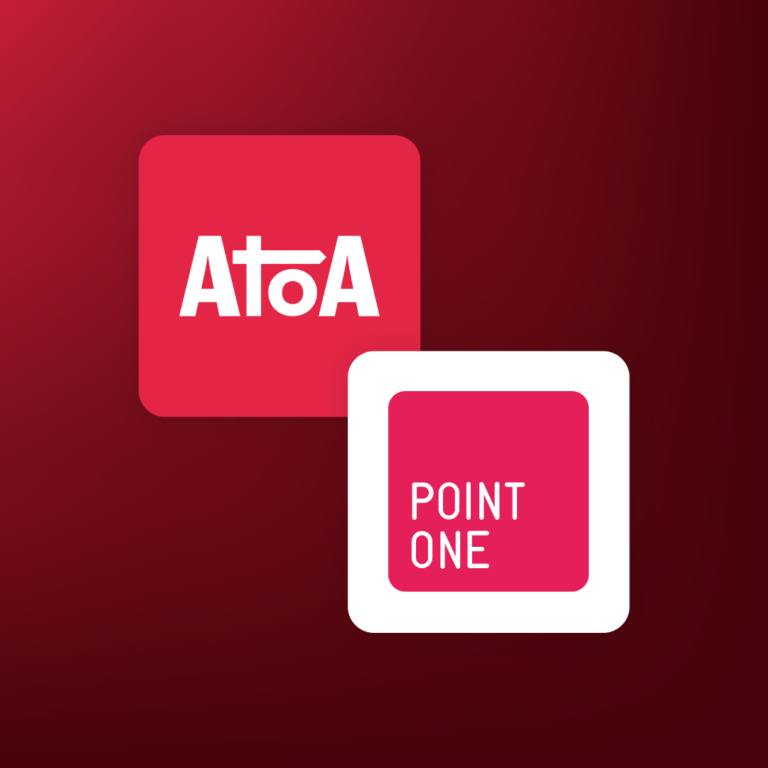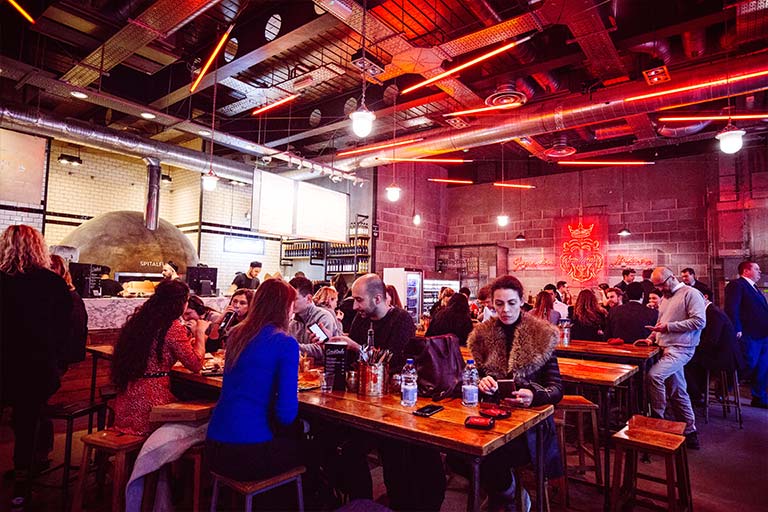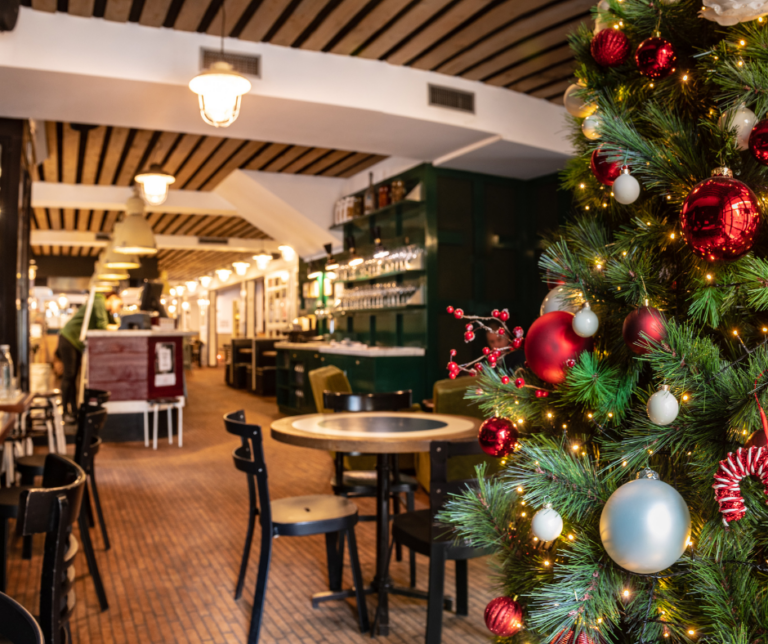1. Automation
We know that online ordering exploded during the pandemic as the go-to option for customers to continue consuming their favourite QSR and casual dining brands. It proved digital acceleration and adoption can happen overwhelmingly quickly when needed. Now customers accept this, it is not such a huge leap to find acceptance for further labour-saving automation.
Yes, we are talking robots but rather than some sci-fi version, these take the form of labour-saving tech such as coffee-making and smoothie automation so your favourite coffee order is made by a machine rather than a human barista. The advantage for operators, a machine can work 24-7 if necessary, doesn’t take sick leave, requires no salary and is likely quicker.
The use of Artificial Intelligence will also play a much more prominent role, particularly in the fast-food sector. Features like voice command for food orders and AI-powered personalisation that can recognise and recommend dishes to customers based on a myriad of customer data touchpoints. We know nothing replaces good old-fashioned human interaction but when customers are just looking for a quick and seamless order experience, sometimes the power of technology can win over the possibility of human error.
Indeed, personalisation is the watchword of 2022 as CGA’s recent GO Technology survey found – 64% of consumers would like to receive menu recommendations based on their preferences and a whopping 80% would be interested in some form of personalisation from the hospitality venues they visit.
Self-serve kiosks
The channels used for this digital ordering are continuing to change too as ordering from mobiles and self-serve kiosks are now the norm thanks to the pandemic’s effect on digital adoption.
Many QSR operators are already using self-serve kiosks but fast casual has some catching up to do to provide this alternative ordering option for customers who want the speed and convenience of mobile ordering but without having to use their own devices.
2. Omnichannel approach
A big part of a successful digital order offering is providing a joined-up approach that integrates all key elements such as loyalty and messaging across all channels consistently. For instance, it’s no good if you have a fantastic loyalty scheme integrated with your app which doesn’t then work with your web-based ordering. Customers want to gain loyalty incentives regardless of which channel they use to order and so the look and feel and importantly, the tools they use need to be consistent.
The challenge for operators is to facilitate customers’ prerogative to use different brand channels, both digital and physical, to engage and order. Pret has made great advances here investing throughout 2021 to get this right.
PRET – CASE STUDY
Pret’s new strategy from 2021 was to put it’s offering “wherever the people” were and this meant rolling out their new smart, self-service coffee machines in places their baristas couldn’t reach like convenience stores, forecourts, universities, healthcare facilities and workplaces. Pret Express machines follow in the successful footsteps of Costa Coffee, offering their organic coffee and tea, with up to 21 different drink recipes available.
Coupled with this, they launched the Pret Coffee subscription model, followed by their loyalty scheme, Pret Perks all offering their devoted customers the opportunity to enjoy unlimited barista drinks and be rewarded for their repeat custom through the convenience of QR codes via their mobile (see point 4 for more on this).
3. Customer-centric technology
In essence, this is investing in tech not just for tech’s sake but with a considered approach based on the needs of the customer. Clever technology can now help one stage earlier by understanding customer behaviour and second-guessing their needs before facilitating the solution.
One example of this is McDonald’s Dynamic Yard AI investment that is transforming the drive-thru experience to upsell using tech rather than customer training. How? By using big data to present dynamic digital menu boards that can change their offering depending on the weather, what’s trending, and external factors like big sporting events etc.
This could potentially take on a whole other dimension for QSR operators when coupled with the use of computer vision tech that can recognise a car or license plate and give the option to serve up a customer’s usual order, eliminating the need for order or payment interactions entirely.
NCR software explains: “The drive-thru, especially for [quick-service restaurants], is ripe for innovation thanks to these tools. When a customer enters a drive-thru, their vehicle can be automatically linked with their persona and ordering preferences. Those orders can then be tracked over time to deliver relevant, tailored advertisements, and promotions. And, with the rapid increase in mobile ordering last year, much of this data is already available and ready for use”.
This type of investment in customer-centric tech extends to improvements in EPoS, eCommerce sites and location tech to ensure a robust system that integrates seamlessly and allows for the omnichannel experience and order fulfilment that customers now expect.
4. Super-sized loyalty
The QSR and fast casual scene is a crowded marketplace and one that has only become more saturated as other restaurant sectors have pivoted to takeaway and delivery. The need to retain and grow a valuable loyalty base has already demonstrated itself as the key to survival in 2021 and so acting with a customer-centric mindset is crucial.
To deliver on this expected customer experience operators need to offer personalisation and having a data-driven loyalty CRM is an essential part of this. Today there are several proven loyalty platforms to choose from and the most successful are those that integrate with the digital ordering process to offer personalisation and rewards based on customer behaviour data and preference.
The UX guru, Steve Krug’s phrase “don’t make me think” comes to mind when citing the most successful loyalty platforms as, coupled with the ordering UI, you almost want to tell a customer what they want even if they don’t know themselves and upsell to them all along the way with relevant and personalised suggestions.
Customer engagement specialists like Airship and Como enable brands to engage with customers anywhere and everywhere, connecting with them at key points during the sales lifecycle through push notifications, in-app messaging, SMS, email, and web notifications.
Having a loyal customer base was the driving force behind Pret’s coffee subscription model which launched in Sep 2020. Being the first fast casual coffee chain to offer this subscription model, akin to Netflix and Spotify, meant they were able attract early adopters. Additionally, they offered customers the option to cancel anytime with no off-putting contract commitment which meant they relied on the most lasting incentive which is the belief in the quality of the offer to keep customers loyal and committed.
The introduction of their loyalty programme, Pret Perks in November 2021 built upon this good will with their customers by offering the chance to earn stars for every purchase, redemned via the already familiar QR code. Customers could earn a reward for every 10 stars they received as well as extra stars and bonus perks.
Personalisation remains a key advantage of these loyalty schemes from an operator and customer point of view. Take Pret Perks – following sign-up, Pret can see everything that customer buys if they scan their QR code before purchase to gain stars. This data helps to build a complete picture of their buying preferences enabling the perks they offer to be fully personalised to the customer such as vegetarian perks for vegetarian customers and so forth.
5. Cyber security and protecting data/privacy
With increased personalisation comes increased risk for customers as their buying behaviour, personal data and payment details are entrusted to their favourite brands. These are all components that make identity fraud a reality and so now more than ever, operators must demonstrate to customers that their safeguarding of consumer privacy and data is imperative.
With such high rewards, cybercriminals are becoming increasingly sophisticated in how they can initiate attacks to steal valuable customer data. Operators need to understand where breaches can occur and take necessary precautions to block these potential attacks.
A good starting point is to look at all the third-party software integrations that operators use with their EPoS and what level of data access or sharing these applications have. When choosing new integrations, asking about their policy around data security and storage should be a key question given that the most valuable element of any business is their customers and therefore their data. For further detail on how restaurant operators can increase their cyber security see our recent blog here.
One important area where customer data security is harder to police is when using third party aggregators. In this instance, the likes of Deliveroo, Just Eat and Uber Eats effectively “own” an operators’ customer data by managing the order and delivery side. Even with the large budgets, these aggregators have to protect against cyberattacks, they are not impervious to account hacking or data fraud. The UK data protection watchdog investigated Delieveroo in 2019 over fraudulent activity reported by customers using the service after their accounts were hacked and criminals racked up orders over £1000 under stolen account details.
6. Native delivery platforms
During the pandemic, many operators needed to turn to third-party delivery aggregators as they quickly changed to a takeaway and collection model but in 2021 many operators took back this service in-house. Why? Namely cost, data control and security. This process will continue in 2022.
As detailed above, the importance of knowing your customer’s buying behaviour is crucial to providing that personalisation they crave and gaining their loyalty. By housing and managing that valuable data themselves, operators have complete control over data security and can use the insight it gives to provide more effective customer retention and growth campaigns.
Cost is another driver to bringing the service in-house as aggregators typically take a whopping 30% commission fee from operators on every order. The big three (Deliveroo, Just Eat and Uber Eats) net an average of £1bn in annual fees from UK restaurants.
By taking back control of their off-premise operations via native delivery platforms, QSRs and fast casual restaurants can retain valuable customer data and reinvest the substantial commission-saving back into their own operations. Pret have been using third-party aggregators but admit that “we have a greater insight into data with a wholly-owned proposition than with a third-party”.
